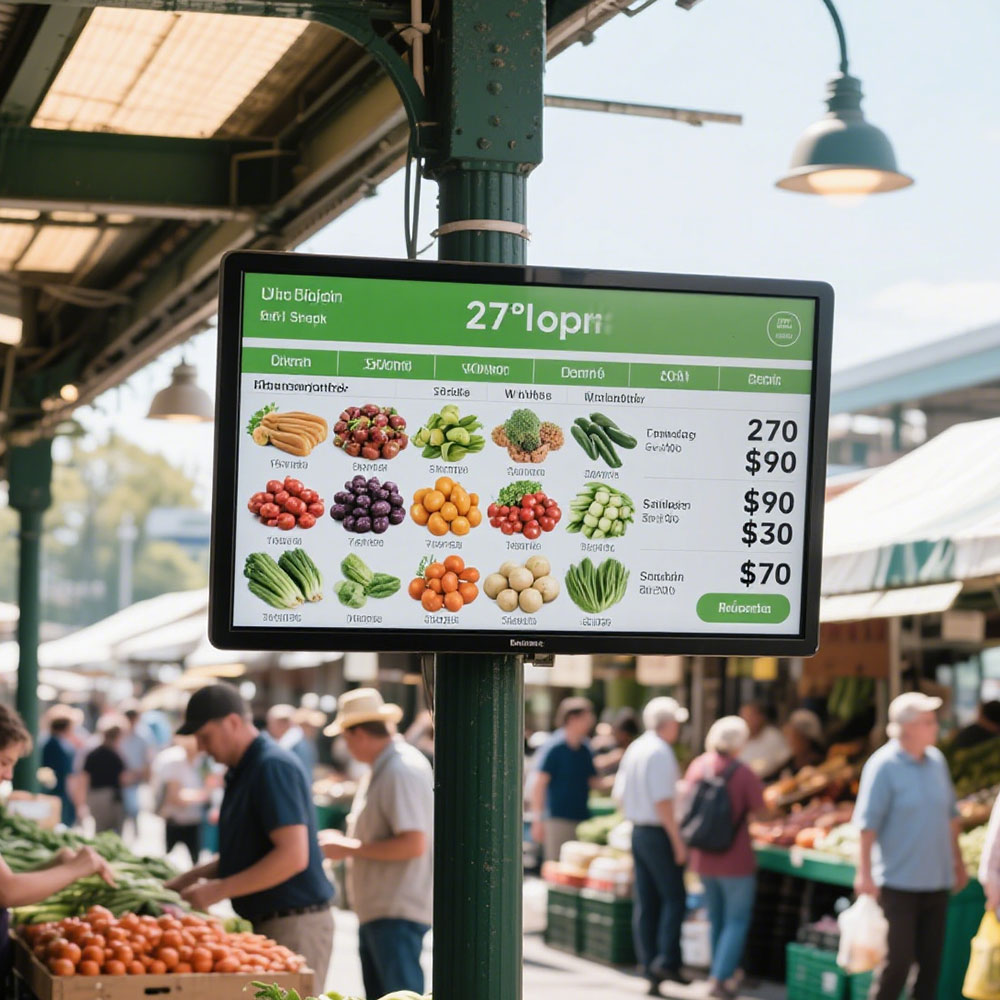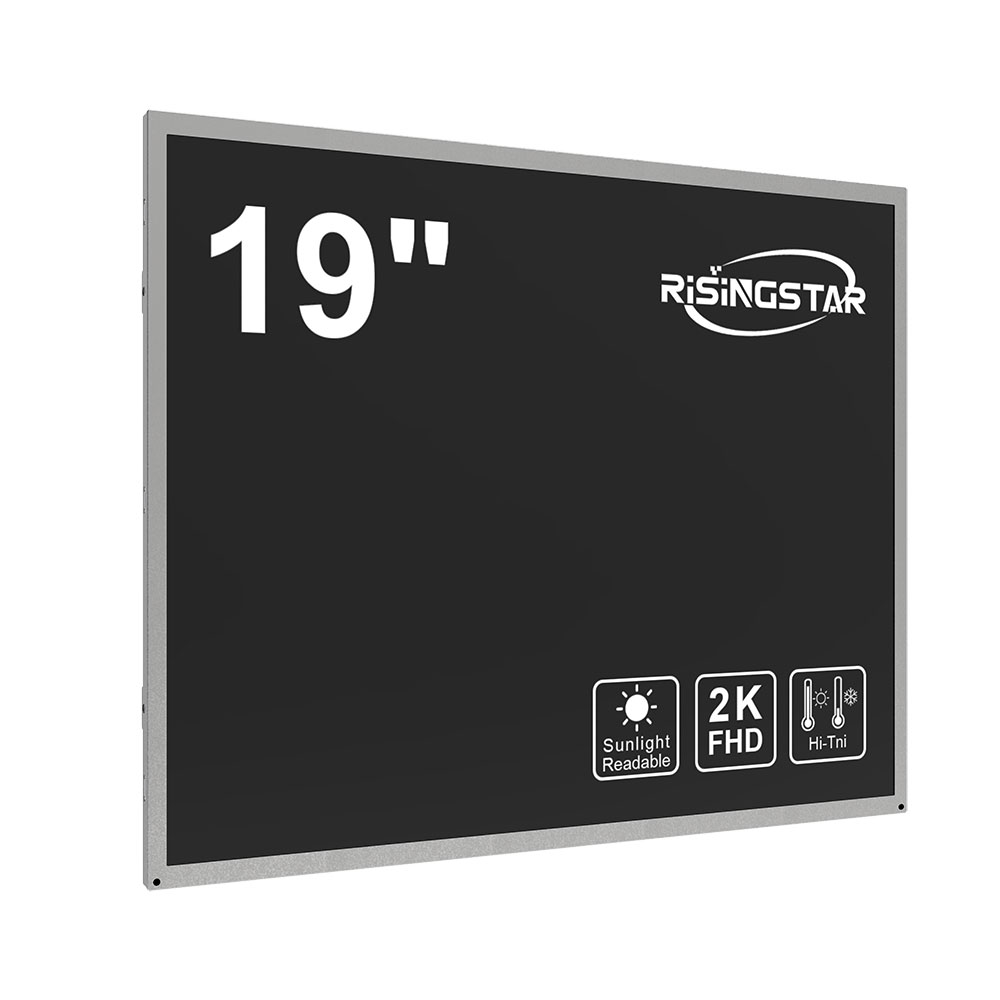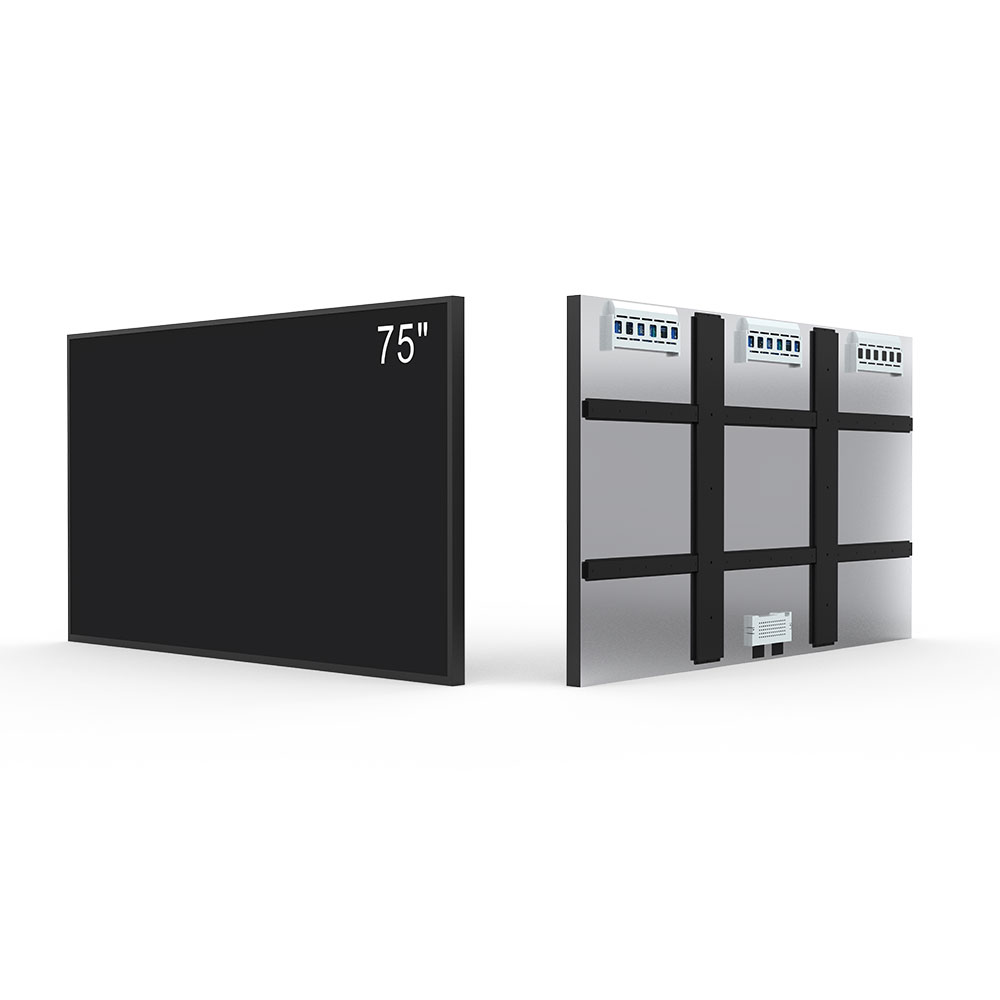When selecting an outdoor LCD screen for commercial, public, or industrial use, it's essential to prioritize both visibility in varying lighting conditions and long-term durability. These screens are exposed to extreme weather, UV radiation, temperature swings, and physical wear—making design choices critical to performance and lifespan.
The introduction of outdoor LCD technology has transformed how businesses communicate with audiences—from digital signage in retail environments to real-time transit information in urban hubs. However, not all displays are created equal. A successful deployment requires understanding key specifications such as brightness (measured in nits), viewing angles, environmental sealing (IP ratings), and display technologies like LED-backlit LCDs or OLEDs. Industry standards from organizations like the International Electrotechnical Commission (IEC) and the Society of Motion Picture and Television Engineers (SMPTE) guide manufacturers on minimum performance thresholds.

In the main body, brightness is arguably the most crucial factor. While indoor screens typically operate at 200–500 nits, outdoor screens must exceed 5,000 nits to remain legible under direct sunlight—a standard now widely adopted by leading manufacturers like LG, Samsung, and NEC. Additionally, high-brightness panels often use advanced anti-glare coatings and polarizers to reduce reflection without sacrificing contrast. For example, a 7,000-nit display can maintain clarity even during midday sun, making it ideal for highway billboards or airport kiosks.
Durability comes next. Look for IP65 or higher ratings, which ensure protection against dust ingress and water jets—vital for coastal or rainy climates. Materials matter too: aluminum frames resist corrosion better than plastic, and tempered glass enhances scratch resistance. Case studies from cities like Singapore and Toronto show that outdoor screens using military-grade components have reduced maintenance costs by up to 40% over five years.
Another often-overlooked factor is power efficiency. Energy consumption directly impacts operational costs and sustainability goals. Modern outdoor LCDs incorporate dynamic brightness control (DBC), which adjusts output based on ambient light levels—saving up to 30% energy compared to fixed-brightness models. This feature aligns with global green initiatives such as ENERGY STAR certification.

Finally, installation and support matter. Professional mounting solutions, remote monitoring capabilities, and robust warranty terms (minimum 3 years) are signs of a trustworthy vendor. Companies like Daktronics and Barco offer end-to-end services, from site assessment to predictive maintenance, ensuring optimal uptime.

In conclusion, choosing the right outdoor LCD screen involves balancing technical specs with real-world performance. Whether deploying in a bustling city center or a remote industrial site, prioritizing brightness, environmental resilience, energy efficiency, and expert support will ensure long-term success. With proper planning and adherence to industry standards, these displays deliver consistent, high-impact communication for years to come.







